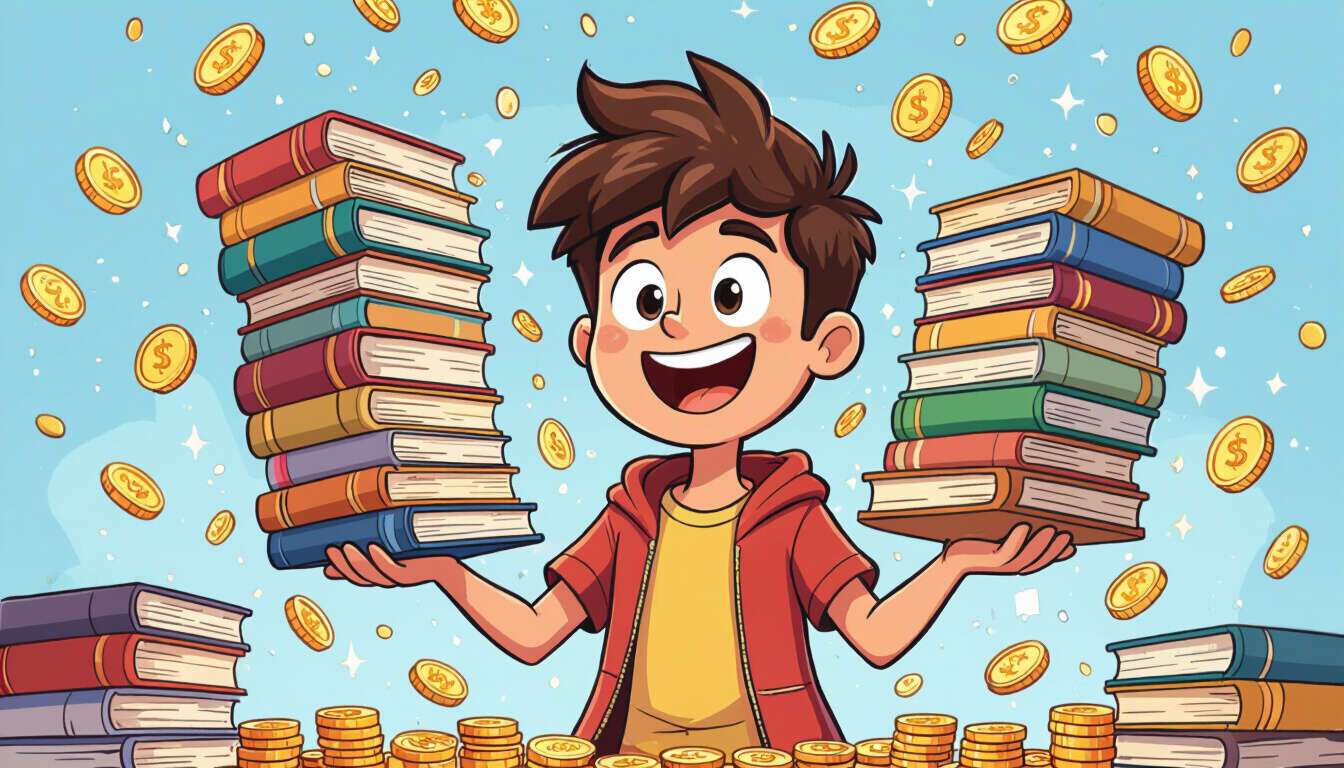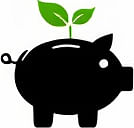Smart Savings with Second-Hand Books
 by Thaddeus Blanda
by Thaddeus Blanda
Explore practical ways to cut costs on books by opting for second-hand options. From thrift stores to online finds, these tips help busy families build affordable libraries and enjoy reading without overspending. Learn simple strategies for quality checks and more.

Many people enjoy reading as a way to relax and learn, but new books can add up quickly. Choosing second-hand books offers a straightforward way to keep expenses low. This approach lets you access a wide range of stories and knowledge without the high price tag.
One key advantage is the potential for significant savings. For example, a new hardcover might cost $25 or more, while the same book in good condition from a second-hand source could be just $5. This difference adds up over time, especially for families with multiple readers. By focusing on used options, you can redirect those savings to other needs like groceries or outings.
Finding second-hand books is easier than you might think. Local options include thrift stores and library sales, where you can browse shelves for hidden gems. Online platforms also make it simple to search from home. Look for sites that specialize in used books, allowing you to filter by price and condition. Remember to check for any signs of wear, such as torn pages or stains, to ensure the book meets your standards.
Here are some practical tips to get started:
- Start with a budget in mind to avoid impulse buys.
- Visit community events like yard sales or book fairs for deals.
- Compare prices across different sellers to find the best value.
- Clean and repair books gently at home to extend their life.
For families, this method can be particularly helpful. Parents can build a shared collection that children can enjoy, fostering a love for reading without the expense. Imagine gathering books for school projects or bedtime stories at a fraction of the cost. It's a small change that makes a big impact on household finances.
Another benefit is the variety available. Second-hand sources often include out-of-print titles or classics that are hard to find new. This opens up new worlds of literature for avid readers. Plus, choosing used books supports sustainable practices by giving items a second life.
To make the most of your purchases, organize your collection neatly. Use shelves or boxes to keep books in good order, making it easy to find what you need. Over time, you might even sell books you no longer want, turning them into extra cash. This cycle keeps your library fresh and your wallet happier.
In summary, incorporating second-hand books into your routine is a smart move for anyone looking to manage money better. With a bit of effort, you can enjoy quality reads while keeping costs down, empowering you to focus on what matters most.
